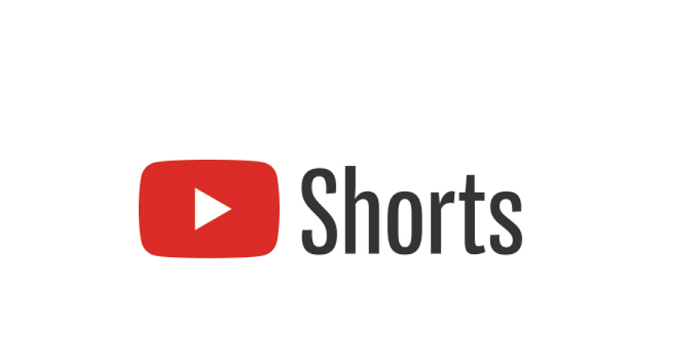Mobile App Development, Social Media
YouTube Shares New Insight into How to Use Shorts to Boost Your Channel Performance
- By Brett Belau
30 Jul

YouTube has provided some new answers to key questions about Shorts, its rapidly growing short-form content option, which is now being viewed by over 1.5 billion YouTube users every month.
Tagging onto the rise of TikTok, which has compressed audience attention spans even more than ever, Shorts provides another way for YouTube creators to maximize their audience appeal and reach, which can then help to grow their overall YouTube presence.
In this new overview, YouTube product manager Pierce Vollucci, answers some of the most common questions that creators ask about Shorts, which could help you develop your own Shorts strategy.
The first question relates to the impact that creating Shorts can have on your regular uploads, and whether uploading Shorts might hurt overall performance.
Vollucci explains that, based on YouTube’s analysis, channels that create both Shorts and long-form video are performing better, overall, than those that aren’t investing time into Shorts.
“The channels that made Shorts actually seem to be growing faster. We anticipate that audience demand for short-form content is here to stay. This is a format that’s becoming increasingly popular, and the very reason we’ve been investing so much in more mobile-first creation tools and Shorts Discovery.”
Of course, that’s probably the answer that you’d expect from YouTube, which wants to capitalize on short-form content however it can. But it does also make sense. As more people engage with short-form content, those clips can act as an ad, of sorts, for your main channel, which can then help you reach more users.
And with YouTube also expanding the presence of Shorts in the app, that means more opportunity to get your channel and content in front of more people.
Vollucci also discusses Shorts strategy, and how creators should look to get started with Shorts clips
“As a creator, you should think about which formats to use and how, and that’s about experimentation. Viewers love entertaining content, and that’s what’s going to get recommended. But, different viewers have different preferences, and different creators are more or less skilled at different formats. Try a bunch of different things, and make more of what works.”
In other words, it’s worth trying things out and seeing what sticks with your audience, and also what you’re better at making in your process.
Another question relates to the growth of Shorts, and whether concentrating on Short clips will then see your longer form content suffer in recommendations as a result.
Vollucci explains that the viewers that are watching Shorts aren’t always the same viewers watching longer form content.
“For context, when we first launched Shorts, we included all those Shorts videos in viewers’ watch history. So when viewers were going back out of Shorts, they started getting recommendations of really short videos which our system had learned from their watch history. At this time, this actually led to a lot of viewer complaints, as many people didn’t want a lot of Shorts videos in their homepage. For this reason, we separate Shorts and long-form watch history. So when someone discovers a new channel via Shorts, we’re not currently using that to inform what longer videos are recommended to them outside of the Shorts experience.”
That’s pretty interesting insight – YouTube’s Shorts and long-form content recommendations are now split, so they don’t influence each other, which could be an important element in maximizing the reach and resonance of both for different audiences and different usage trends.
Vollucci also answers a question about the Shorts algorithm, and how many Shorts uploads it needs to be able to best understand and rank your Shorts content.
Vollucci says that every Short is given a chance to succeed, ‘no matter the channel or the number of videos on the channel’.
“Performance of a Short is dictated by whether or not people are choosing to watch and not skip a video in the Shorts feed. That audience engagement is often built over time, as opposed to happening instantaneously.”
So there’s no direct correlation between the number of Shorts uploads and how the algorithm displays your content to viewers. But the more you publish, the better you’ll be able to understand audience trends, and connect with different elements, in different ways.
Some valuable insight for YouTube creators, and those looking to get into Shorts – which, as noted, is currently the fastest growing video format in the app, and could present significant opportunities for your strategy.
Source: www.socialmediatoday.com, originally published on 2022-07-29 16:27:32
Connect with B2 Web Studios
Get B2 news, tips and the latest trends on web, mobile and digital marketing
- Appleton/Green Bay (HQ): (920) 358-0305
- Las Vegas, NV (Satellite): (702) 659-7809
- Email Us: [email protected]

© Copyright 2002 – 2022 B2 Web Studios, a division of B2 Computing LLC. All rights reserved. All logos trademarks of their respective owners. Privacy Policy

![How to Successfully Use Social Media: A Small Business Guide for Beginners [Infographic]](https://b2webstudios.com/storage/2023/02/How-to-Successfully-Use-Social-Media-A-Small-Business-Guide-85x70.jpg)



![How to Successfully Use Social Media: A Small Business Guide for Beginners [Infographic]](https://b2webstudios.com/storage/2023/02/How-to-Successfully-Use-Social-Media-A-Small-Business-Guide-300x169.jpg)


Recent Comments